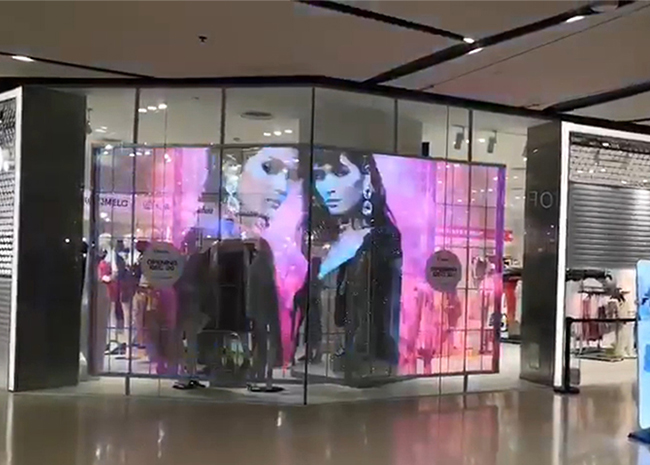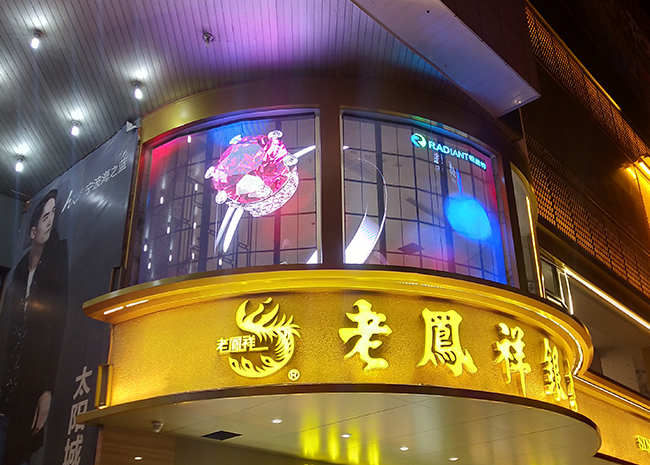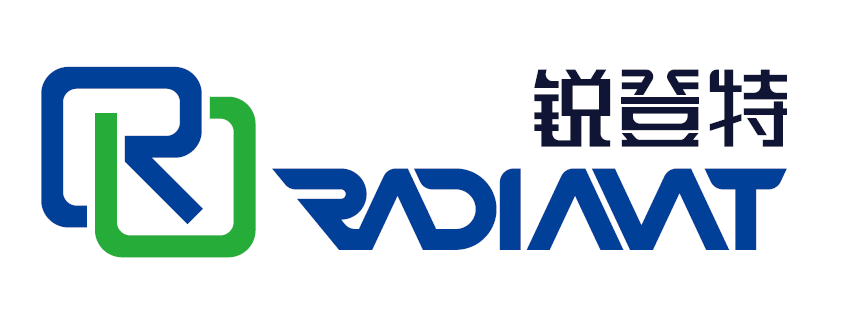In general, transparent LED display screens need to consider the reliability, integrity and flatness of the product when designing the screen structure. The structure of the screen and different application scenarios affect the installation method. So, what are the ways to install a transparent LED display?
Transparent LED display screens can be divided into hanging type, hoisting type, floor support display, column type, wall hanging type, wall-mounted type, etc. according to their application.
1.Hanging type
Indoor, the area is less than 8m2, the frame structure and the weight of the screen are below 500KG, and can be mounted by the rocker arm. The wall is required to have a concrete beam at the solid or hanging place. The hollow brick or the simple block is not suitable for such installation.
Outdoor mounting mainly rely on the steel structure, there is no limit to the display area and weight.
If the display screen is small in size and can be made into a single box, it can be used in the opening of the box, fixed with expansion screws, and waterproof at the opening.

2.Hoisting type
Mainly used for indoor long screen, rental screen, frame structure screen body, can be used for lifting. This installation must have a suitable location for installation, such as a crossbeam at the top. Standard ceilings can be used for concrete roofs in indoor towns. The length of the hangers depends on the site conditions. The indoor steel beam is hoisted with steel wire rope, and the outer casing and the screen body are decorated with the same color steel pipe.

3.Floor support
Mainly used for exhibition screens, outdoor advertising screens, etc. The floor support mainly relies on the force of the steel structure, and there is no limit to the display area and weight.

4.Column type
Mainly used for outdoor, surrounded by other buildings, such as squares, parks, highways and other outdoor displays, the column type can be divided into single column and double column, mainly relying on steel structure and column stress, no display area and weight restrictions, but need to pay attention to the location under the column, fully consider the security of the display.

5.Wall hanging
The LED display is mainly installed outside the wall. Generally, the wall will have a force point. The outdoor LED display is hung on the wall and the wall is used as a fixed support.
6.Wall-mounted
Mainly used indoors or with walls to cover the outside, the force mainly depends on the wall, and requires a simple steel structure to fix the display, there is no limit to the display area and weight, the size of the opening is consistent with the size of the display frame, and Make appropriate decorations.

The Radiant transparent LED display screen structure is light, flexible and can be shaped, and can be combined with different application scenarios, using different installation methods, the structure is stable, and the installation is simple and convenient.
Post time: Mar-11-2020
